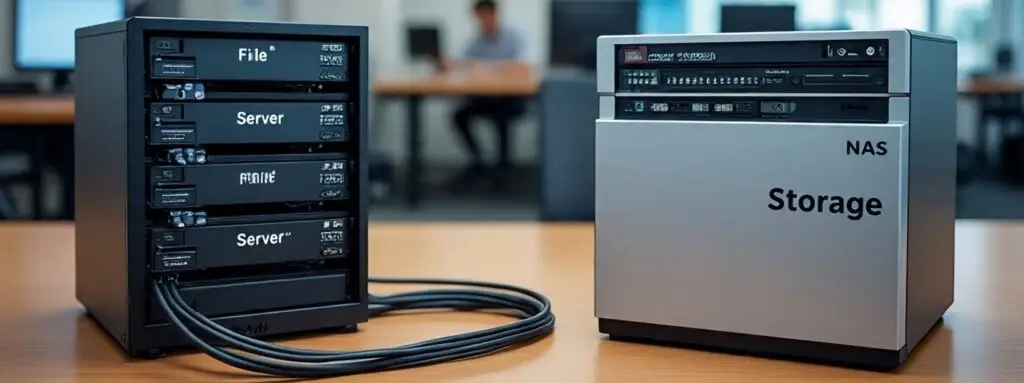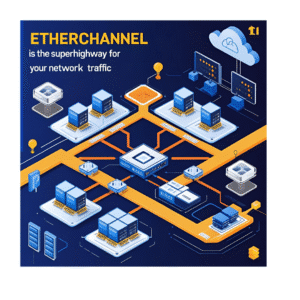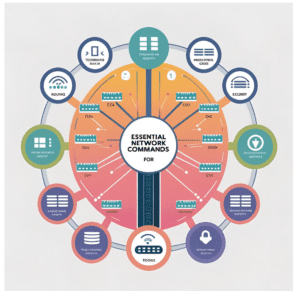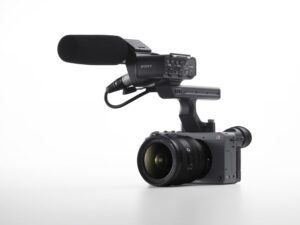
File Servers vs. NAS Storage: Which One Fits You Best?

Introduction
Whether you’re organizing digital files at home or managing data for a small business, having a reliable storage solution is essential. Two of the most common options you’ll come across are file servers and NAS (Network-Attached Storage) devices. They both allow file sharing and storage across networks, but they differ quite a bit in terms of setup, cost, performance, and the users they’re designed for.
In this guide, we’ll break down what each one is, how they function, their pros and cons, and help you decide which suits your needs best.
What Is a File Server?
A file server is essentially a computer built or configured specifically to store, manage, and share files across a network. It’s not used as a regular desktop but is instead set up with specialized software—usually something like Windows Server or Linux—to handle file access for multiple users simultaneously.
These are commonly used in workplaces where multiple people need access to the same data, such as departments sharing documents or teams collaborating on large projects.
Typical Uses for a File Server
- Sharing files across multiple computers
- Creating private folders for team members or departments
- Hosting files for software applications (like accounting systems)
- Centralized backup for workstations
- Managing user access through services like Microsoft Active Directory
- Allowing secure remote file access (usually via VPN)
What’s Under the Hood?
- Operating System: Generally, Windows Server or a Linux distribution
- Hardware: Moderate to high-end CPU and RAM, based on user load
- Storage: HDDs for capacity, SSDs for speed, often protected by RAID configurations
- Connectivity: High-speed Ethernet
- Security: Advanced permission controls, antivirus, encryption support
Pros of Using a File Server
- Customizable & Powerful: Install any software and tailor it to your needs
- Detailed Access Control: Set precise permissions on a per-user or per-folder basis
- Handles Demanding Workloads: Ideal for large teams, heavy apps, and databases
- Business Integration: Works well with services like Active Directory and internal networks
Cons to Consider
- Expensive Setup: Requires quality hardware, paid software licenses, and often IT support
- Maintenance Heavy: Needs regular patching, updates, and backups
- Takes Space: Usually bigger and noisier than simpler alternatives
- Requires Technical Know-How: Especially when enabling remote access or scaling up
What is a NAS (Network-Attached Storage) Device?
NAS devices are compact units designed specifically for easy file sharing and data storage over a network. Think of them as smart hard drives that connect directly to your router or switch, giving everyone on your network access to centralized storage.
They’re ideal for users who want something plug-and-play with minimal setup and maintenance.
What Can NAS Devices Do?
- Store and share files like documents, videos, and images
- Automatically back up multiple devices
- Stream media content to smart TVs or mobile devices
- Act as a private cloud—accessible from anywhere
- Run lightweight apps (e.g., media servers or IP camera storage)
- Host simple websites or virtual machines (on high-end models)
What’s Inside a NAS?
- OS: Simple web-based dashboard for management
- Hardware: Basic CPUs and RAM, sufficient for home or small business use
- Storage: Drive bays for multiple disks, often with RAID support
- Ports: Ethernet, USB, and occasionally HDMI for media output
Advantages of NAS
- User-Friendly: Setup usually takes minutes and requires no advanced knowledge
- Cost-Effective: Cheaper than building a full server system
- Energy Efficient: Lower power usage, quieter operation
- Compact Design: Takes little space and blends into home or office environments
- Multi-Purpose: Combines file sharing, media streaming, and backups in one box
Limitations of NAS
- Limited Customization: You’re bound to apps supported by the NAS brand
- Not Ideal for Intensive Workloads: May struggle with large databases or professional video editing
- Vendor Dependency: You’re tied to the manufacturer’s updates and app ecosystem
- Basic Server Features Only: Lacks support for enterprise-grade services like domain controllers
Feature | File Server | NAS Device |
Purpose | Fully customizable, general-purpose server | Simple file storage and sharing |
Setup | Complex, needs IT expertise | Easy guided setup via web interface |
Cost | High—includes hardware and software | Lower—just the NAS unit |
Flexibility | Full control over software and configuration | Limited to included apps and features |
Performance | Great for high-load tasks | Good for daily use, limited for heavy jobs |
Remote Access | Requires VPN or additional setup | Built-in remote access tools |
Security | Advanced permission management | Easy but less granular control |
Maintenance | Needs regular monitoring and updates | Mostly automatic updates |
Scalability | Easily scalable with IT support | Scalable within hardware limits |
Best For | Medium to large companies with IT teams | Home users and small offices |
Which One Should You Choose?
Go with a File Server if:
- You have IT experience or access to IT staff
- You want full customization and control
- Your business relies on services like Active Directory
- You’re running resource-heavy applications
- You have a large team needing secure, fast access
Choose a NAS Device if:
- You need a quick and simple setup
- You’re a home user or small business with basic needs
- You want media streaming and backup in one unit
- You’re not familiar with managing servers
- You want something affordable, quiet, and energy-efficient
Final Thoughts
Both file servers and NAS devices offer valuable ways to store and share files, but the right option depends entirely on your goals. If you’re running a business with more advanced IT requirements, a file server provides the flexibility and power you need. On the other hand, if simplicity, cost, and ease of use are top priorities, a NAS is the smart way to go.










